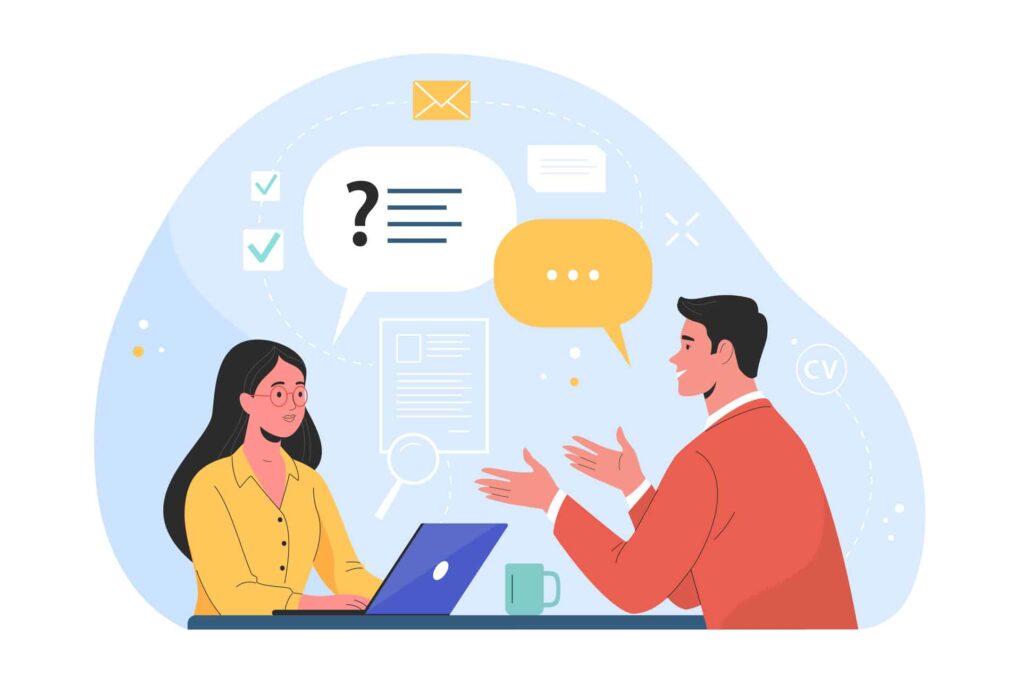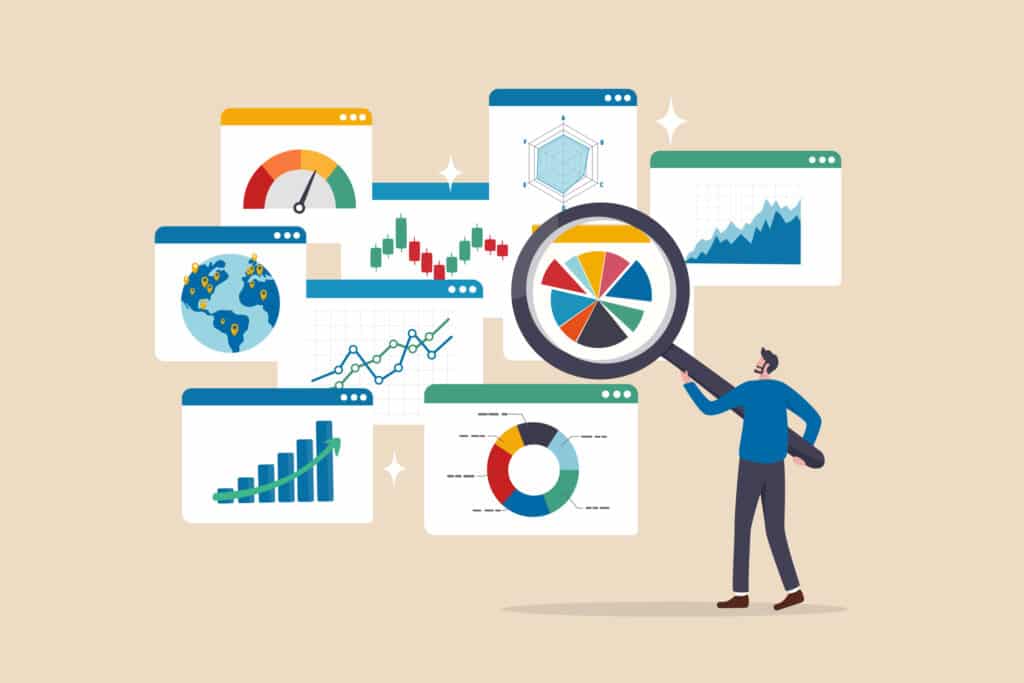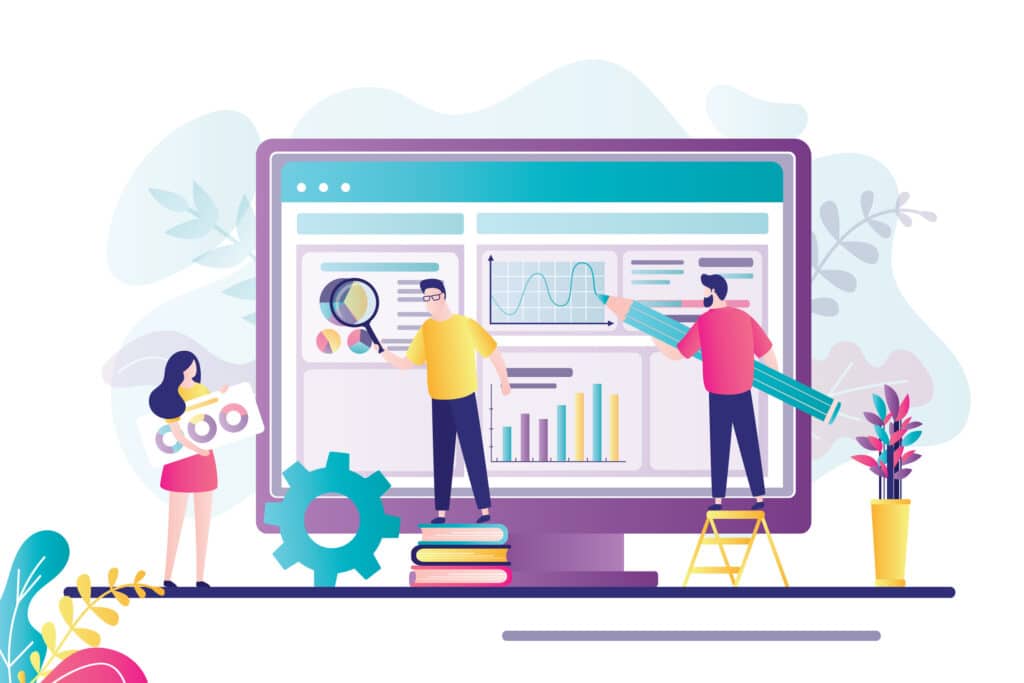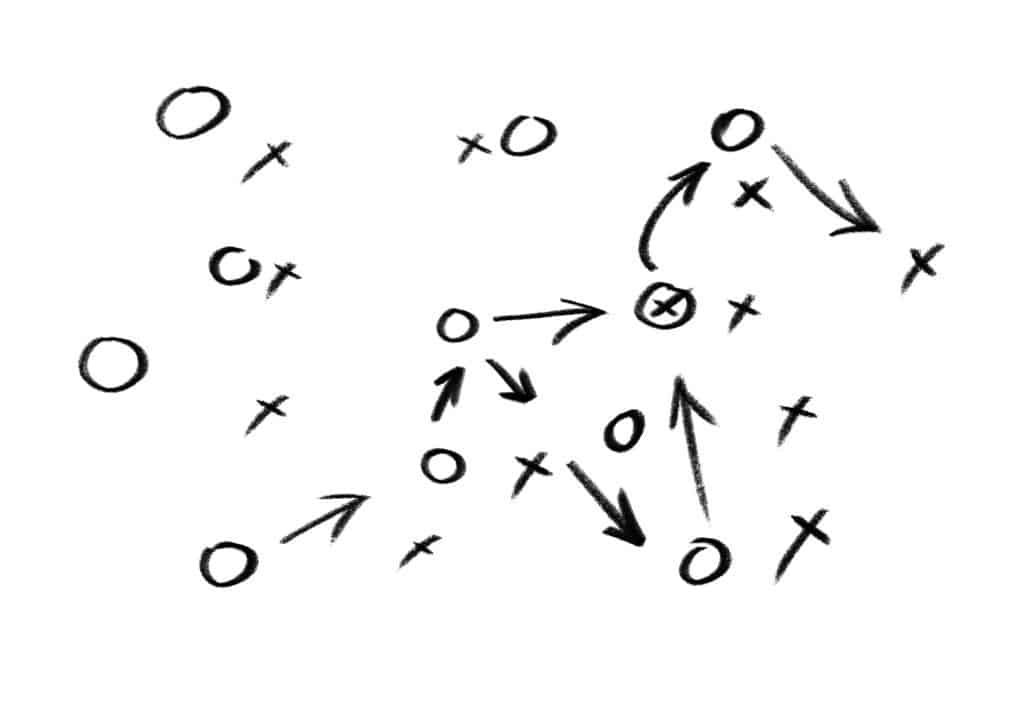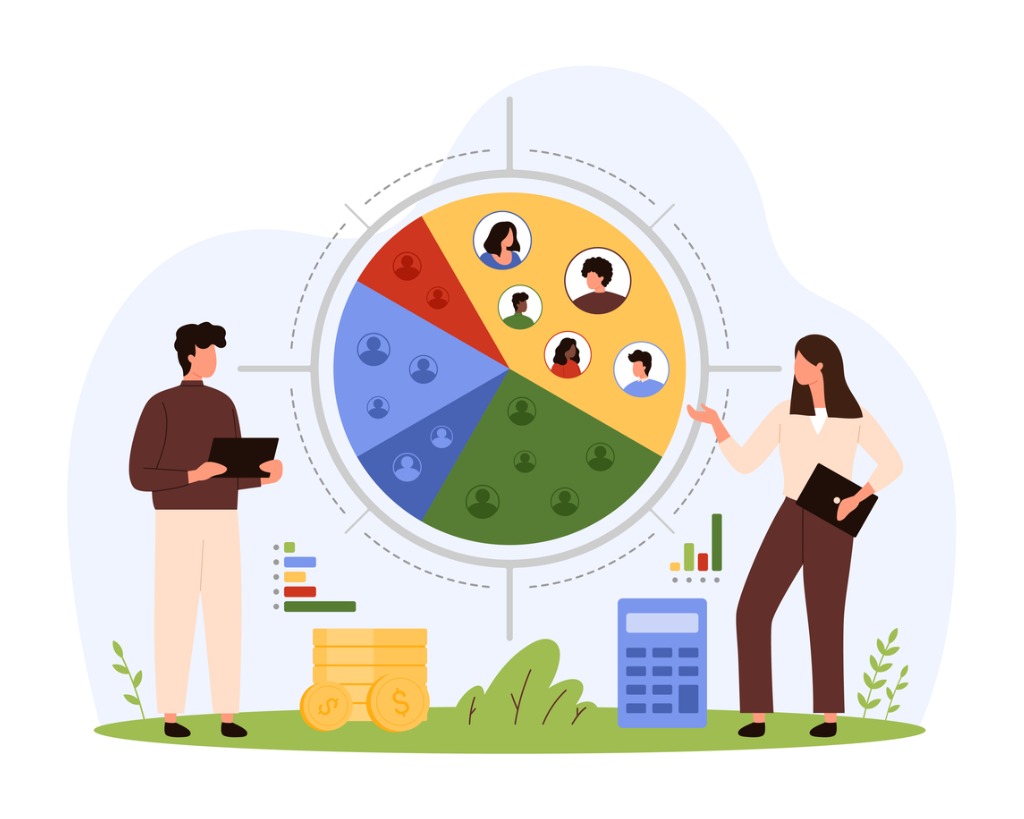Why You Should Move Content Measurement to the Front Burner

You’ve poured your heart into crafting that perfect blog post, social media strategy, or email newsletter. But here’s the big question: Is it actually working?
We all know that content measurement is critical to understanding what’s resonating with your audience, where you’re crushing it, and where you might need to pivot. But doing it consistently and effectively — well, sometimes that’s another matter.
Why We Fall Short in Measuring Content
There are often valid reasons why content measurement falls to the bottom of the priority pile. Some of those include:
- Lack of resources: When lean content teams are juggling content creation, content promotion, multiple deadlines, and never-ending to-do lists, gathering and analyzing data can feel like a “nice to have” instead of the necessity that it truly is.
- Data overwhelm: When we don’t know the right KPIs to prioritize, we sometimes face an avalanche of metrics, from page views and bounce rates to engagement rates and conversions. That avalanche can lead to analysis paralysis and inconsistent reporting.
- Limited access to tech or tools: When analytics falls on the shoulders of content creators, sometimes they’re not given the right tools or the training to use those tools effectively. When analytics platforms feel too complex, teams may avoid diving into them completely.
- Focus on quantity over quality: Many organizations find themselves under pressure to constantly churn out new content, making it easy to get caught in a cycle where content is published and then forgotten. Content measurement takes time, and in the fast-paced world of content marketing, focusing on the next big thing often feels more urgent than analyzing the last one.
How to Turn Content Measurement Around
With all those constraints stopping us from consistently knowing how well our content is performing, how do you go from just publishing content to confidently understanding what’s working, what’s not, and why? The key is consistency. Without a reliable framework, your metrics can become disjointed, leading to guesswork, not insights.
Here are three steps to establishing a consistent approach to content measurement:
- Establish a measurement framework. Create a measurement framework that maps out stages of user intent or stages of a buyer journey — and establishes specific KPIs for content for each stage. For example:
- For early stage/awareness content: Consider KPIs like impressions, clicks, and click-through rates.
- For mid-stage/consideration content: Think about engagement metrics like time on site and scroll rate.
- For late-stage/conversion content: Look at conversion metrics such as sign-ups or downloads.
- Create repeatable reporting templates. Reporting templates make things easier to replicate month after month. Establish a monthly reporting template that can quickly cull the most recent metrics for your content. Take it a step further and create a separate quarterly reporting template that provides a 3-month view and more in-depth analysis for improvement and optimization.
- Measure content marketing attribution. This one’s a bit more sophisticated in the realm of reporting, but once you’ve got #1 and #2 down, move on to #3. Content attribution refers to the process of determining how a piece of content plays into a conversion or sale. Attribution can be:
- First touch, where the credit goes to the first interaction a person had
- Last touch, where the credit goes to the last interaction a person had
- Multi-touch, where credit is applied in various ways to first, middle, and last interactions
Tools like Google Analytics and HubSpot allow you to set up conversion events and choose an attribution model.
Ready to start measuring? We’re here to guide you every step of the way. Reach out to BackPocket to start strategizing today.
How to Find the Right Content Strategy Agency
Great content marketing starts with a solid game plan. That’s where a content strategy agency comes in. They don’t just…
How Content Marketing Can Help Small Businesses
There’s no sugar-coating it: When you’re operating a small business, it’s next to impossible to match — or even come…
5-step Content Audit Checklist [With a Template!]
A cornerstone of any powerful content marketing strategy begins with a comprehensive content audit — a deep dive into what’s…
What Content Marketing KPIs Should You Track?
It’s no secret that many people are drowning in data. And for content marketers, too much data is just as…
How to Create a Content Measurement Framework
When it comes to consistent, effective content marketing measurement, the data doesn’t lie. The Content Marketing Institute’s B2B Content Marketing…
Content Strategy vs. Content Marketing
Content strategy and content marketing. You no doubt have heard of them and know that each is essential to helping…
The 7 Steps to Plan a Content Strategy
Your blog started with good intentions. Boost SEO, check. Get more engagement, check. But somewhere along the way, things got…
Which Content Marketing Solutions Are Right for You?
The biggest difference between content marketing and marketing? Content marketing’s focus on storytelling to connect, educate, and motivate through value,…
How to Create a Content Marketing Framework [With Templates]
Ever feel like your content marketing is a chaotic free-for-all? You need a content marketing framework. Think of it as…
How to Use AI to Build Smarter Audience Personas in Minutes (Not Days)
As content strategists, we all know the value of audience personas — those detailed profiles that help bring your target…

